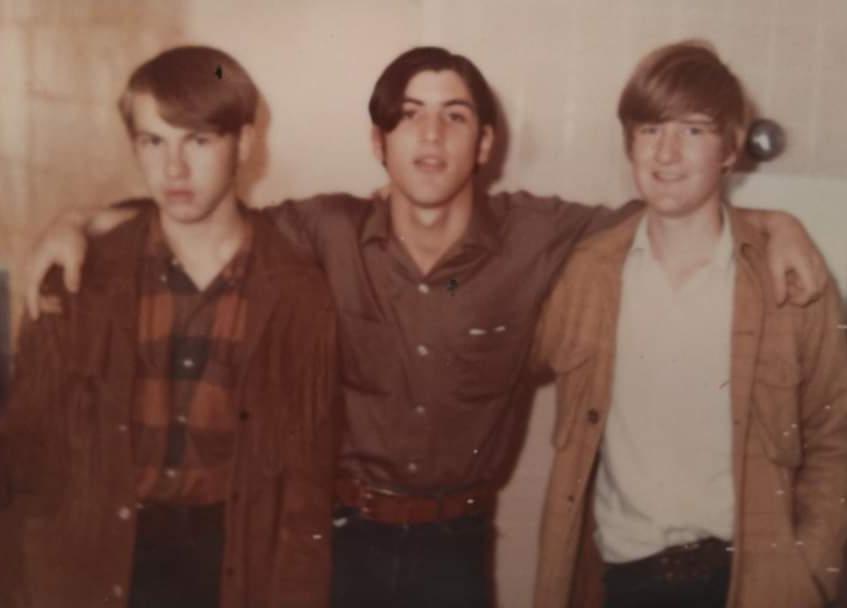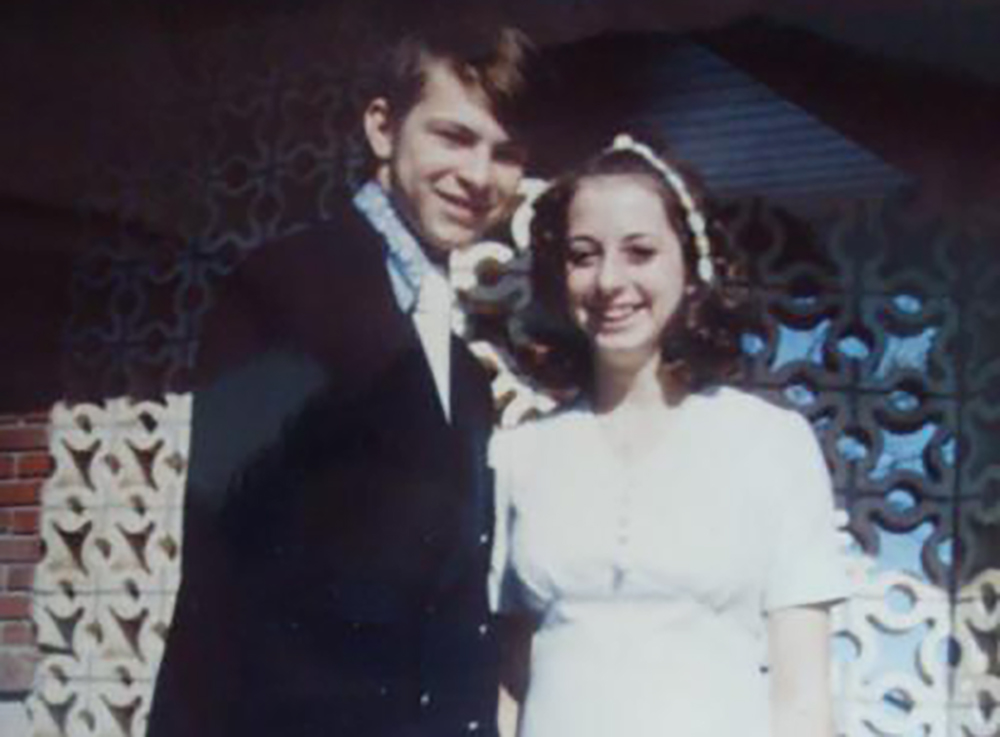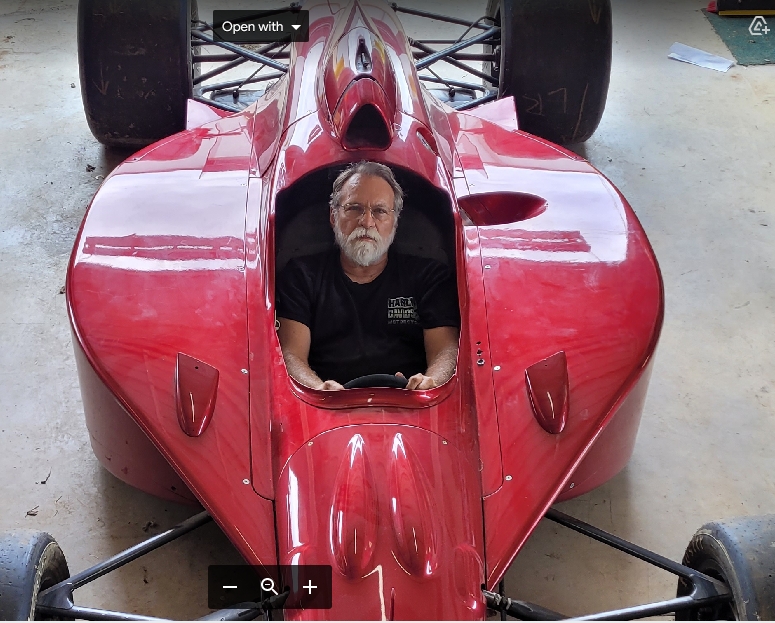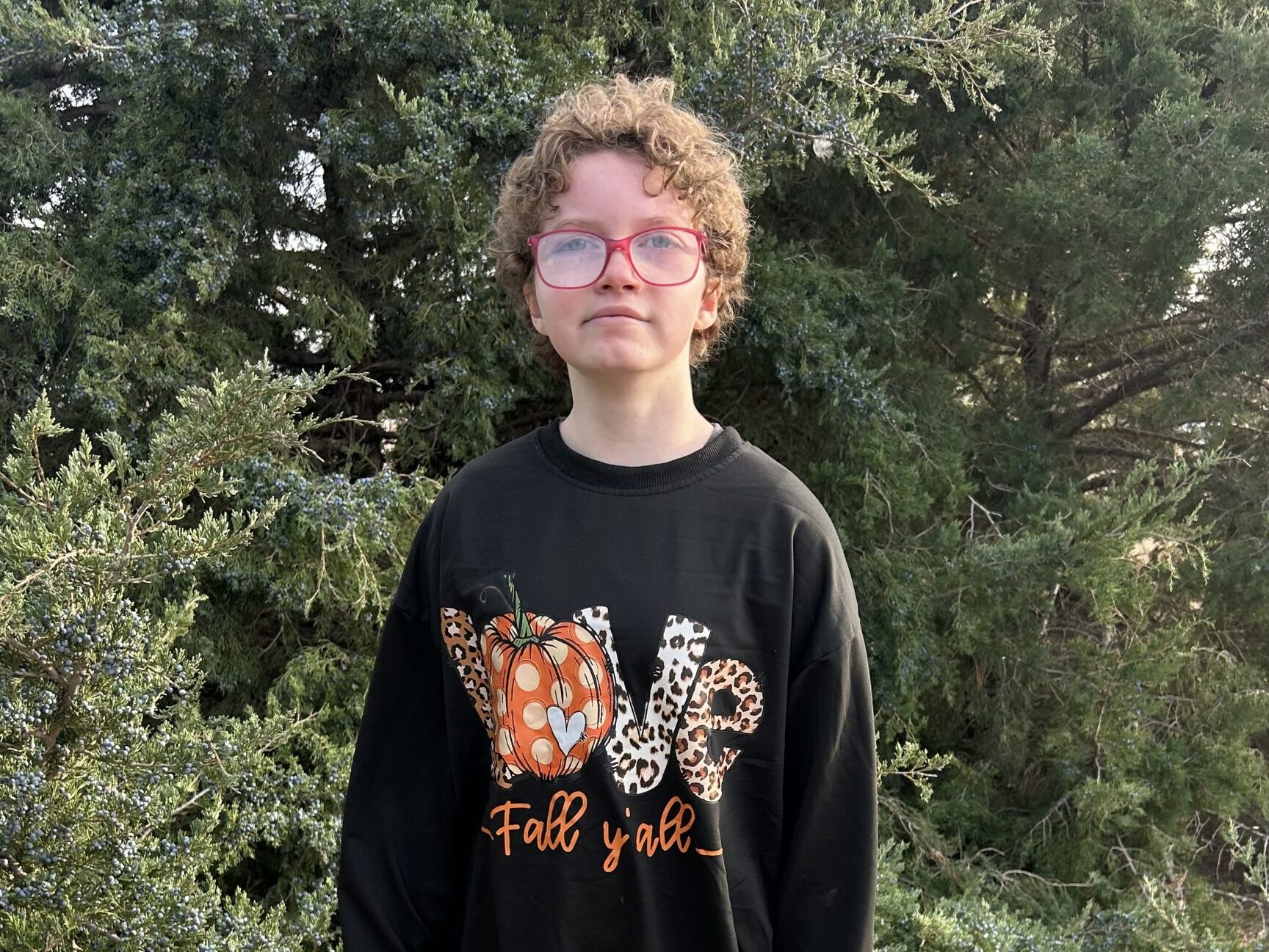If anyone’s story serves as a testimony to the power of community in shaping young lives, it’s Jim Deaton’s. Orphaned at birth, he was fortunate enough to be adopted 70 years ago by E.E. and Irene Deaton of Liberal, Kansas, at three months old. As an only child, Jim benefited from a life of relative prosperity earned through E.E.’s successful pipeline and welding company. It was a good life, and the Deatons were respected and well-connected within the Liberal community. Then tragedy struck. At eight years old, Jim lost his father in a hunting accident. Irene took over the business and ran it capably until cancer took her life seven years later, in the spring.
Adrift, Jim had few options. The 15-year-old initially stayed with family friends, but they had their own kids to raise. His parents’ families were in a similar situation. “I’ve always had a bit of a wandering soul, so that summer, I became a free-range person,” he says. “My friends and I would decide to go backpacking in Colorado, so we’d just load up the car and go away for a while. Then I’d come back home.”
By the time school started again, Jim had little interest. He had difficulty focusing on classwork, and his living situation was tentative. He needed direction and a more permanent place to live.
“Technically, I was a ward of the court, so I knew Judge Horace Malin well. He was a good, fair person, and he and I talked a lot. He said, ‘Jim, you have to do something. We can handle this through all kinds of legal channels, but we don’t want to do that because there are places you could be sent that wouldn’t be good, such as the juvenile justice system.’ He was concerned, and I liked that.”
Judge Malin told Jim about a place in Ellsworth, Kansas, called Saint Francis Boys’ Home. He described it as Christian-based, not a correctional facility, and suggested that Jim consider it.
“He said, ‘It will give you stability and somewhat of a family. It will also provide direction and education. These are things you’re going to need. I’ve known your family forever, Jim, and you’re a good person. But you could easily go down the wrong road, so I think Saint Francis is the route you should take.’ And that’s how I ended up at the Boys’ Home in 1969.”
Jim arrived at Saint Francis on a Friday, driven by banker and family friend Charles Brisendine, who introduced him to the staff and explored the campus with him.
“It was in the country, so I liked that,” says Jim. “The staff were really compassionate and gave me time to ease into it. I’ll never forget them asking how many clothes I brought, and I had four pairs of blue jeans and four black shirts. Charles said, ‘That’s all he wears.’ All these years later, I wear pretty much the same wardrobe.”
It didn’t take long for Jim to settle in. He and his mother had traveled extensively before she died, so he was quickly surprised and pleased to learn that despite the rural location, boys at Saint Francis came from all over the United States and other parts of the world. He also enjoyed the structure, which seemed supportive rather than limiting. He settled in quickly after that first week.
He also met Fr. John Hartman, the dean, who lived on the campus with his wife and two children. It was his first contact with the Episcopal faith and a priest.
“Going back to church was an experience for me,” he says. “I’d always been a believer, but I hadn’t been to church for a number of years. At Saint Francis, we had chapel every day and on weekends, and I was reintroduced to Jesus Christ. That was important to me and helped me get through each week. But it wasn’t like we were going to church all the time. We also had school and a social life.”
All 22 of the boys at Saint Francis attended Ellsworth High School, and they definitely stood out.

“The city boys and girls could wear jeans to school, but we could not. We always had to wear slacks and tucked-in dress shirts. It was understood that there could be negative connotations about being in a boys’ home, so we were taught to show the positive side and carry our a little better. Plus, it taught us to stick together. Someone might pick on us, but we never picked on each other. We formed strong bonds that still exist to this day. I will say, though, that the city people of Ellsworth treated us very well. We had few problems, and they rarely looked down upon us. That made all the difference.”
Jim got along especially well with one Ellsworth student and her family, Sue Burgenger. The two dated for a few months until Jim decided to drop out of school at 17.
“It was the early 70s, and I still had that wandering spirit,” says Jim. “I’ve always been fascinated by anything technical because, growing up a Deaton, I was always around heavy equipment. I’d already learned to weld by the time I was 12. So, I knew what I wanted to do; it was just a matter of getting there. I also knew I wasn’t learning that stuff at school. I’ve always been a self-learner, so I dropped out and immediately started working.”
That’s also when he left Saint Francis Boys’ Home. He had fallen in love with Sue and wanted to marry her, but he wasn’t sure how her family would feel about her marrying a high school dropout. The couple spoke with Sue’s parents, and as a ward of the court, Jim had to consult with the judge. Ultimately, the two were allowed to marry. The ceremony took place in the Boys’ Home chapel, with Fr. John Simpson officiating. They’ve stayed together for 53 years and have three daughters and four grandchildren.

“I owe a lot to Sue’s family,” says Jim. “They believed in me and treated me well, even though they had every reason to think I’d lost my mind. I regret not staying in high school, and I certainly wouldn’t recommend that decision to anyone, but I’ve worked hard for many years to educate myself. I’ve always loved the trades, and over the years, I’ve earned multiple technical certifications that have enabled me to provide a good living for my family.”
Thanks to the support of his wife and in-laws, family friends, and the bonds he forged at Saint Francis, Jim could blaze his own trail through life and forge a 50-year career as a master-certified RV technician and service manager. He just needed people to believe in him.
“That’s what Saint Francis Boys’ Home did,” says Jim. “It provided a foundation and a promise that even if you do wrong, you can get back on track. You won’t be cast aside. The staff never considered incarceration or juvenile justice as a probable path for us. It was always, ‘We’ll never let you get to that point. We’ll help, guide, and support you.’ That was important because many kids don’t get that kind of support from their families. I had more than two dozen people who weren’t my biological family but became my family because they cared about me … and that’s what the Boys’ Home was all about.”





